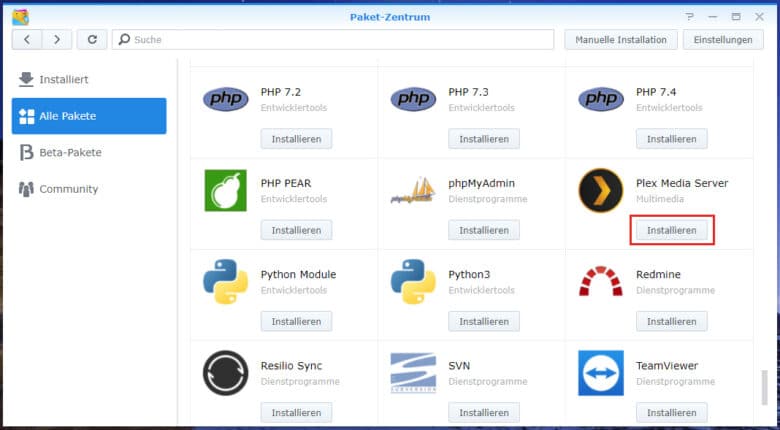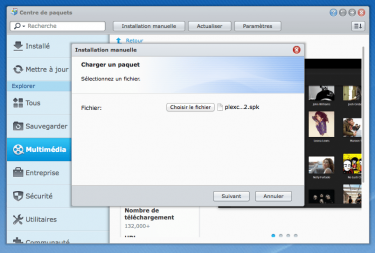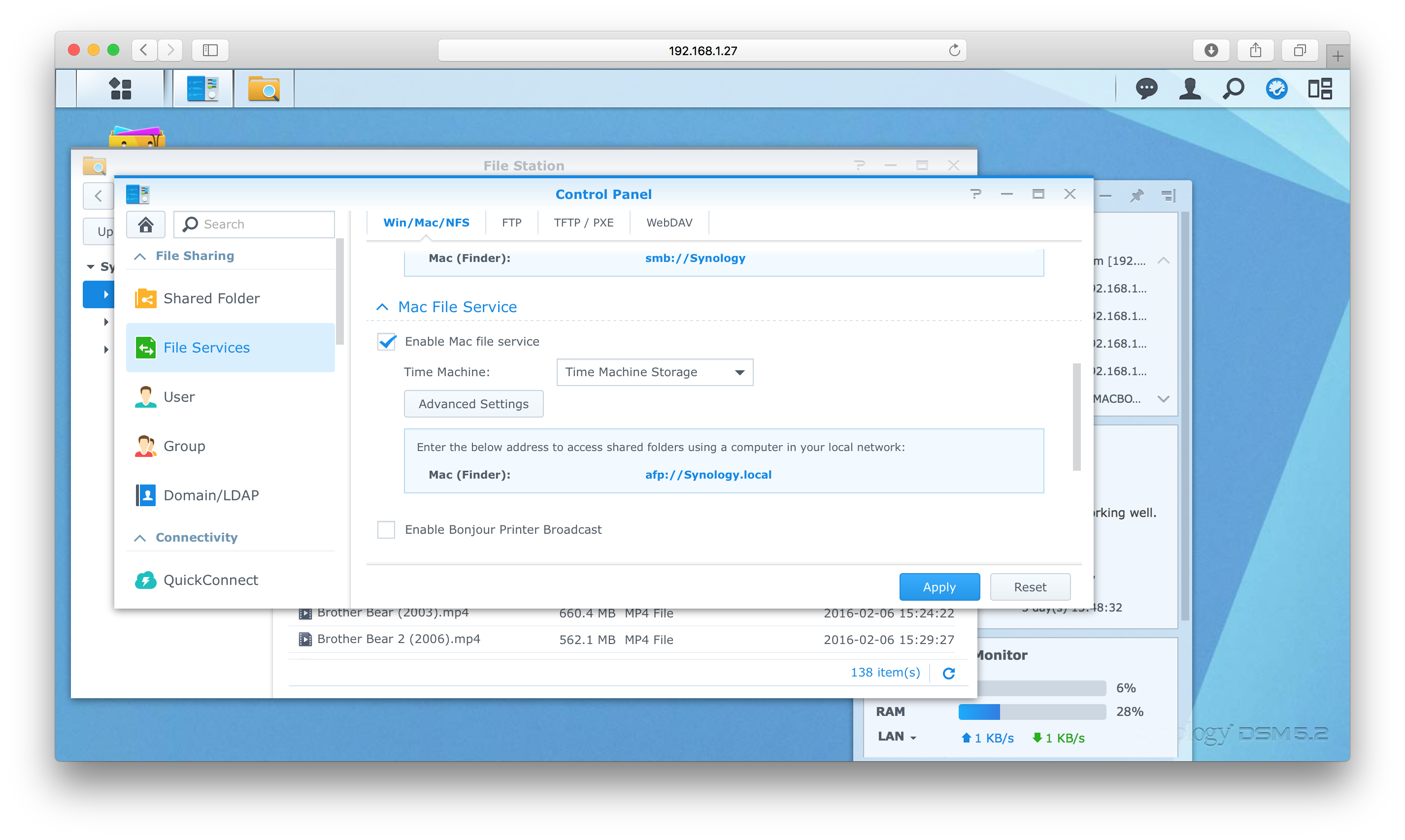

You will have to do this for each media type you’ll be using. Select Add Library, the content type you’d like to use, along with the folder and location where it’s stored. You will now have to create your media libraries. If you want Plex to automatically try to allow connections on port 32400 (using UPnP), you can select Allow me to access my media outside my home. I generally stay away from UPnP, so I will disable this.ġ3. Sign in with your Plex username/password or create one if you don’t already have an account.ġ2. Navigate to the IP address of your Synology NAS using port 32400 and /manage. NOTE: As of the latest Plex update, use the environment variables PLEX_UID and PLEX_GID rather than PUID & GUID.ġ0. Substitute the correct values that you found in the last step. In the environment variables section, create two variables: PLEX_UID, PLEX_GID. NOTE: You must ensure that the user/group has read/write permission to your media folder. You will have to run the command below and substitute the correct username.

In summary, we need to specify the PUID and GUID in order for the container (Plex) to access our media share. This next part is a little confusing and is better explained in the video.

You can learn how to SSH into your Synology NAS here.Ĩ. If you are using Synology’s Firewall, ensure that you allow port 22 traffic. Open Control Panel, select Terminal & SNMP, and Enable SSH service. Ensure you can SSH into your Synology NAS. In the Network section, select Use the same network as Docker Host.ħ. This is explained in greater detail in the video above.Ħ. If you have separate shared folders for those types of media files, you will have to mount different volumes for each. NOTE: The Media folder that I mapped contains sub-folders for my Movies, Music, and TV Shows. In the volume section, map the container’s folders as shown in the image below. Ensure that Enable auto-restart is selected.ĥ. Give the container a name, then select Advanced Settings. When the image finishes downloading, double-click the image to launch the configuration tool. Open the Registry, then download the latest plexinc/pms-docker image.Ĥ. Ensure that Docker is installed and launch the application.ģ. Inside of the Docker shared folder, create a sub-folder named Plex, then create three sub-folders inside of that folder: config, transcode, data.Ģ. Instructions – Use Docker to Set Up Plex on a Synology NASġ.



 0 kommentar(er)
0 kommentar(er)
